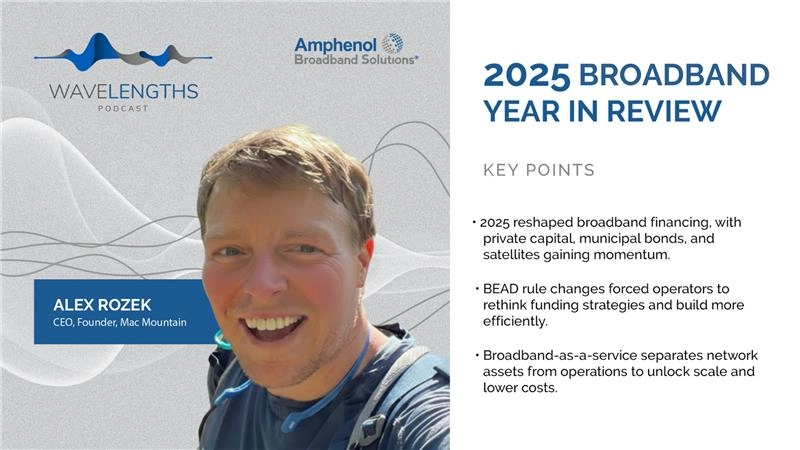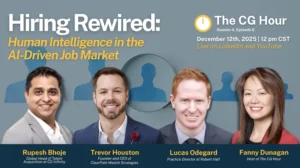How Might Drones Be Used to Expand Highspeed Internet?
Both pilots and companies are navigating a thin line between security and innovation. Host Grant Guillot talks with leaders, influencers, and experts across the drone industry to guide us through the complex web of technology and policy in the United States.
Drones in America host Grant Guillot has discussed the promises drone technology brings us in the quest for a “Jetsons”-like future but, this week, he explores what needs to happen from a legal perspective for us to really unleash everything drones are capable of.
Grant invited on Professor Michelle Hanlon, who recently oversaw first publishing of The Journal of Drone Law and Policy, to get a further understanding of the increasing importance of drones to various end-user industries and how it makes it imperative that law students be educated regarding the legal and policy implications of the rise of UAS throughout American sectors.
Below, you’ll find a condensed transcript of the duo’s conversation — listen to the full episode to hear all of their industry-leading insights.
GG: People are going to be more, I think, heavily involved with drones. Do you see that impacting how drone law evolves and whether or not we will start seeing government agencies paying more attention to drones?
MH: The law is often so far behind the technology. In many ways, that’s good, because sometimes the wrong laws will actually hinder that technology. What’s so fun about drone law is we’re not an airplane, and we’re not a car. So, what do you do? And the new remote ID laws are a case in point, because you talk about the remote ID just being a digital license plate, but it’s so much more than that, right? We talk about privacy for the general public when a drone is flying over. Now, we’re worried that we have to worry about the privacy of the drone operator and all of the things that can happen, because all of a sudden, all this information is blasted out. … The journal is sort of a centering point where we can start seeing all of these things come together, because the best law is going to make everybody think about all of the effects that it will have.
GG: Right, and it’s always fascinating because in America right now, we’re really starting to see some American manufacturers rise up and really do a great job in some quality products out there.
MH: The communities that are benefiting the most from drones right now are those rural communities and the developing communities. I mean, drones are an equalizer. We talk about exclusivity, right? This is this is how we create equity and exclusivity. You give people the technology to be able to do things like get their medicine quickly or, you know, survey their land better. So, they get a better understanding of where they can build something or grow something. We have that satellite technology, but getting that data and trying to read it is a much longer process. I think we have to work very hard on making that happen more. But, right now, we have drones, and they’re bringing so much good to these rural and developing areas. We don’t want any of that stifled by law or regulation.










